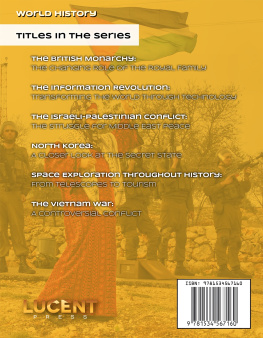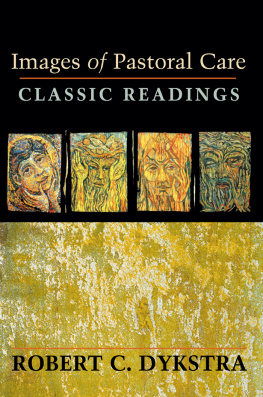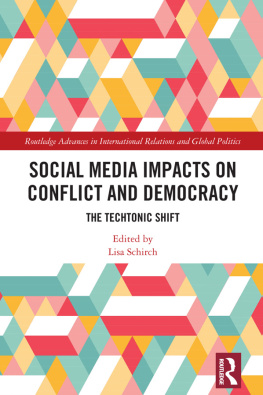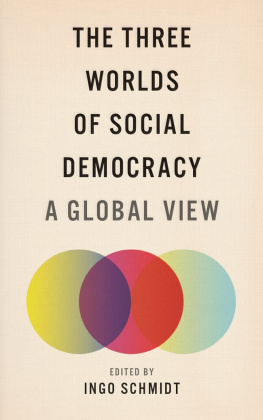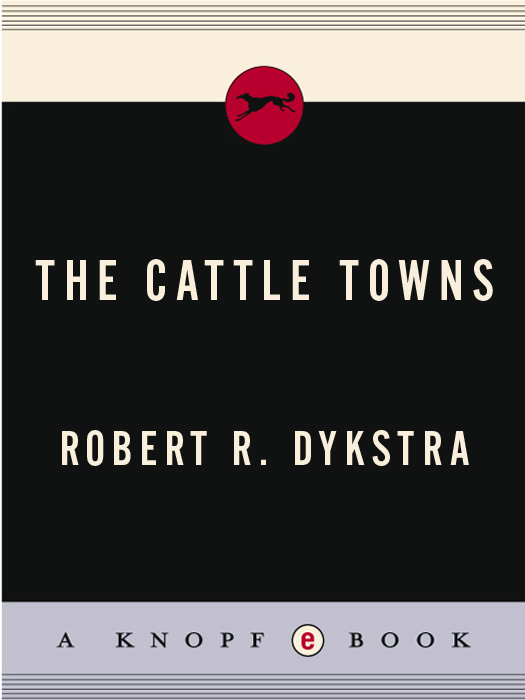T HIS IS A B ORZOI B OOK
P UBLISHED BY A LFRED A. K NOPF , I NC .
Published May 13, 1968
Copyright 1968 by Robert R. Dykstra
All rights reserved under International and Pan-American Copyright Conventions. Distributed by Random House, Inc. Published simultaneously in Toronto, Canada, by Random House of Canada Limited. Manufactured in the United States of America.
L IBRARY OF C ONGRESS
C ATALOG C ARD N UMBER : 68-12677
Two sections of The Cattle Towns appeared, in different form, in Agricultural History, and one in the Kansas Historical Quarterly. Each is reprinted with the kind permission of the respective publisher.
eISBN: 978-0-307-83085-2
v3.1
FOR
Allan G. Bogue
CONTENTS
Introduction:
Town-Building and the Texas Cattle Trade
Conclusion:
History and the Cattle Town Experience
ILLUSTRATIONS
Unless otherwise credited, all illustrations are courtesy of
the Kansas State Historical Society, Topeka.
Following
Joseph G. McCoy
Theodore C. Henry
William (Dutch Bill) Greiffenstein
Robert M. Wright
Alonzo B. Webster (Courtesy Boot Hill Museum, Inc., Dodge City)
Marshall M. Murdock
Abilene in 1867
Abilene two or three years later
Smoky Hill Crossing near Ellsworth
Ellsworth in 1872
Main and Douglas, Wichita, 1870
Same view five years later
Birds-eye view of Wichita
Front Street, Dodge City
Birds-eye view of Dodge City
Caldwell in the mid-1880s
Stockyard at Ellsworth
Railway depot at Wichita
Drovers Cottage, Ellsworth
Southwestern Hotel, Caldwell
Dodge City businessmen posed as cowboys
Dance house interior, Dodge City
Cowboys near Caldwell
Dodge City prostitute
Bob Wrights brick store, Dodge City
Douglas Avenue bridge, Wichita
Interior of Stock Exchange Bank, Caldwell
The Caldwell opera house
John Muellers shop, Ellsworth
Muellers residence, Dodge City
Muellers shop, Dodge City
Frederick C. Zimmermanns store, Dodge City
Zimmermanns residence, Dodge City
Interior of Zimmermanns store
T. C. Henry residences, Abilene (Courtesy Dickinson County Historical Society, Abilene)
Dodge City residential area
Samuel Burrell homestead near Dodge City
F. M. Sumpter farm near Caldwell
Vear P. Wilson
William B. (Bat) Masterson
Nicholas B. Klaine
Daniel M. Frost
Albert M. Colson
David B. Long
INTRODUCTION
Town-Building & the Texas Cattle Trade
[1]
B Y GOLLY , theres this you got to say for em, exclaims one of Sinclair Lewiss minor but representative characters: Every small American town is trying to get population and modern ideals. And darn if a lot of em dont put it across! You dont want to just look at what these small towns are, you want to look at what theyre aiming to become.
This observation seems to emphasize two important truths: that small communities reflect human motives, of which ambition is surely the most obvious, and also that large communities do not germinate from impersonal circumstance alone. Despite the advertised appeal of collective intimacy and intimacy with nature, most American small towns would be cities if they could. The frontier townsmans term for this impulse, expressed as a program, was town-building. Modern students of urbanizationsome of them historianstend to de-emphasize the human factor in urban growth. But they seldom reckon with the marked fluidity of frontier periods, when the opportunities for recruiting the acknowledged attributes of city statuspopulation, major transportation facilities, capital investmentwere perhaps better than they would ever be again. Even geographical advantage, that most important of fortuitous variables, required human agency for translation into urban prosperity. To the dedicated town-builder this appeared self-evident.
Richard C. Wades study of St. Louis and four Ohio Valley cities in their first decades of growth vividly documents the successful urban impulse on the frontier. On the other hand, Lewis Athertons description of life in the midwestern country towns of the late nineteenth and early twentieth centuries in a sense catalogues its failures. But if we could distribute these communities on a scale according to their success in achieving urban growthWades to the upper end, Athertons to the lowerit seems apparent that while we gain something from this raw discrimination of extremes, much is still to be said about what lies between: the collective experience of numberless villages and towns that may be thought of as aspirants to city status, whose destinies for longer or shorter periods and in greater or lesser degree hung in a precarious balance between urban success and small town failure.
Considering the peculiar domination of entrepreneurial motives in American history, remarkably few writers have treated the urban impulse in the small community with anything but an amused dismissal of pretensions. In the present study this impulse serves as the central themewhich is to say that I have taken it, and the social imperatives proceeding from it, seriously. By giving it thematic preference over local progress I believe I have freed my materials from a traditional form of determinism that, in the long run, has not proved very useful in specific cases.
Few, I think, will dispute that much remains unknown about the evolution of social organization in America. In this respect the main intent of this book has been to expose to view the interaction of personal and impersonal factorsor social processand I have tried to do this by offering a rather less circumscribed intimacy with local experience than is usually exploited in historical analysis. My focal point is that critical moment in the lives of five frankly ambitious frontier settlements when their decision-makers fought hard to avoid a conventional community fate.
[2]
T HE K ANSAS CATTLE TRADING CENTER or cattle town of the 1870s and 1880s has up to now belonged more to the imagination than to history. The lively rendezvous of cowboy, cattleman, gambler, and city marshal is currently a theatrical image only tenuously connected with tradition. Catering to a popular fascination with violence, the idea of the cattle town seems at every brow-level to be scarcely more than a gathering of taut characters with itchy trigger fingers.


